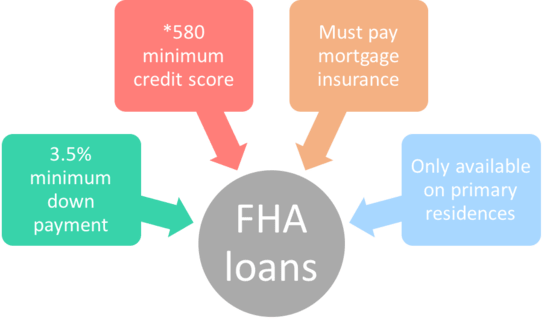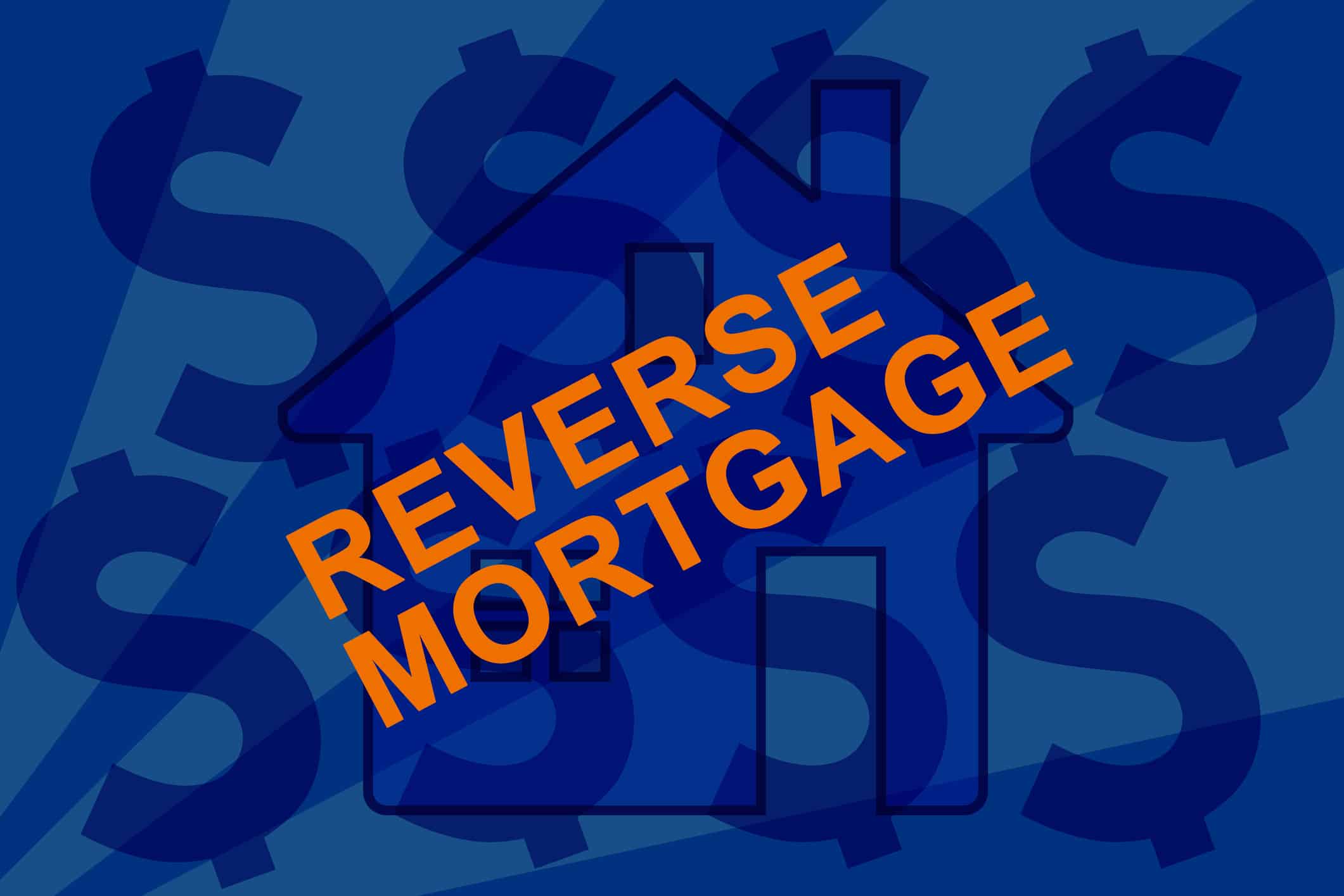The Financial Crisis Questions Commission discovered that in 2008, GSE loans had a delinquency rate of 6. 2 percent, due to their traditional underwriting and credentials requirements, compared to 28. http://kylerahbe507.almoheet-travel.com/some-ideas-on-what-is-the-current-rate-for-home-mortgages-you-need-to-know 3 percent for non-GSE or private label loans, which do not have these requirements. Moreover, it is not likely that the GSEs' enduring affordable housing objectives encouraged lending institutions to increase subprime financing.
The goals came from the Real estate and Neighborhood Development Act of 1992, which passed with frustrating bipartisan support. Despite the fairly broad required of the budget-friendly real estate objectives, there is little proof that directing credit towards customers from underserved neighborhoods triggered the housing crisis. The program did not considerably alter broad patterns of home loan lending in underserviced neighborhoods, and it functioned rather well for more than a decade before the personal market started to heavily market riskier home loan products.
As Wall Street's share of the securitization market grew in the mid-2000s, Fannie Mae and Freddie Mac's income dropped significantly. Identified to keep shareholders from panicking, they filled their own investment portfolios with risky mortgage-backed securities purchased from Wall Street, which created greater returns for their shareholders. In the years preceding the crisis, they likewise began to decrease credit quality requirements for the loans they bought and ensured, as they attempted to compete for market show other personal market individuals.

These loans were typically come from with big down payments but with little paperwork. While these Alt-A home mortgages represented a small share of GSE-backed mortgagesabout 12 percentthey were accountable for in between 40 percent and 50 percent of GSE credit losses throughout 2008 and 2009. These mistakes combined to drive the GSEs to near bankruptcy and landed them in conservatorship, where they stay todaynearly a years later.
And, as described above, in general, GSE backed loans performed much better than non-GSE loans throughout the crisis. The Neighborhood Reinvestment Act, or CRA, is designed to deal with the long history of inequitable loaning and encourage banks to help meet the needs of all customers in all segments of their communities, particularly low- and moderate-income populations.
All About How Many New Mortgages Can I Open
The central idea of the CRA is to incentivize and support viable private lending to underserved neighborhoods in order to promote homeownership and other neighborhood investments - what kind of mortgages do i need to buy rental properties?. The law has been modified a number of times because its preliminary passage and has ended up being a foundation of federal neighborhood advancement policy. The CRA has actually helped with more than $1.
Conservative critics have actually argued that the requirement to satisfy CRA requirements pushed lenders to loosen their loaning standards leading up to the real estate crisis, successfully incentivizing the extension of credit to unjust debtors and sustaining an unsustainable housing bubble. Yet, the proof does not support this story. From 2004 to 2007, banks covered by the CRA came from less than 36 percent of all subprime mortgages, as nonbank lending institutions were doing most subprime financing.
In total, the Financial Crisis Inquiry Commission determined that simply 6 percent of high-cost loans, a proxy for subprime loans to low-income borrowers, had any connection with the CRA at all, far below a limit that would suggest significant causation in the real estate crisis. This is because non-CRA, nonbank loan providers were typically the culprits in a few of the most harmful subprime lending in the lead-up to the crisis.
This remains in keeping with the act's reasonably minimal scope and its core function of promoting access to credit for qualifying, generally underserved debtors. Gutting or getting rid of the CRA for its supposed role in the crisis would not only pursue the wrong target however also held up efforts to minimize discriminatory home loan financing.
Federal real estate policy promoting price, liquidity, and access is not some ill-advised experiment but rather a reaction to market failures that shattered the housing market in the 1930s, and it has sustained high rates of homeownership since. With federal support, far higher numbers of Americans have actually taken pleasure in the benefits of homeownership than did under the free enterprise environment prior to the Great Anxiety.
What Does How Is Freddie Mac Being Hels Responsible For Underwater Mortgages Mean?
Rather than focusing on the threat of federal government assistance for home loan markets, policymakers would be much better served examining what most experts have actually figured out were causes of the crisispredatory financing and poor policy of the financial sector. Positioning the blame on housing policy does not speak with the facts and dangers reversing the clock to a time when most Americans might not even imagine owning a home.
Sarah Edelman is the Director of Real Estate Policy at the Center. The authors would like to thank Julia Gordon and Barry Zigas for their helpful comments. Any errors in this quick are the sole obligation of the authors.
by Yuliya Demyanyk and Kent Cherny in Federal Reserve Bank of Cleveland Economic Trends, August 2009 As rising house foreclosures and delinquencies continue to undermine a financial and financial Have a peek at this website recovery, an increasing quantity of attention is being paid to another corner of the residential or commercial property market: industrial realty. This post goes over bank direct exposure to the business property market.

Gramlich in Federal Reserve Bank of Kansas City Economic Evaluation, September 2007 Booms and busts have actually played a popular role in American financial history. In the 19th century, the United States gained from the canal boom, the railway boom, the minerals boom, and a financial boom. timeshare cancellation letter The 20th century brought another financial boom, a postwar boom, and a dot-com boom (what is a non recourse state for mortgages).
by Jan Kregel in Levy Economics Institute Working Paper, April 2008 The paper supplies a background to the forces that have produced the present system of property real estate financing, the reasons for the current crisis in home mortgage funding, and the impact of the crisis on the general monetary system (what is the best rate for mortgages). by Atif R.
Indicators on What Is The Highest Interest Rate For Mortgages You Should Know
The recent sharp increase in home mortgage defaults is substantially amplified in subprime zip codes, or zip codes with a disproportionately large share of subprime customers as . find out how many mortgages are on a property... by Yuliya Demyanyk in Federal Reserve Bank of St. Louis Regional Economist, October 2008 One might expect to find a connection between borrowers' FICO scores and the incidence of default and foreclosure throughout the current crisis.
by Geetesh Bhardwaj and Rajdeep Sengupta in Federal Reserve Bank of St - why is there a tax on mortgages in florida?. Louis Working Paper, October 2008 This paper shows that the factor for extensive default of mortgages in the subprime market was an abrupt turnaround in your home rate appreciation of the early 2000's. Utilizing loan-level data on subprime mortgages, we observe that most of subprime loans were hybrid adjustable rate mortgages, created to impose significant monetary ...
Kocherlakota in Federal Reserve Bank of Minneapolis, April 2010 Speech prior to the Minnesota Chamber of Commerce by Souphala Chomsisengphet and Anthony Pennington-Cross in Federal Reserve Bank of St. Louis Review, January 2006 This paper describes subprime loaning in the home mortgage market and how it has actually developed through time. Subprime financing has actually introduced a considerable amount of risk-based pricing into the mortgage market by creating a myriad of prices and product options mostly determined by borrower credit report (home loan and rental payments, foreclosures and bankru ...